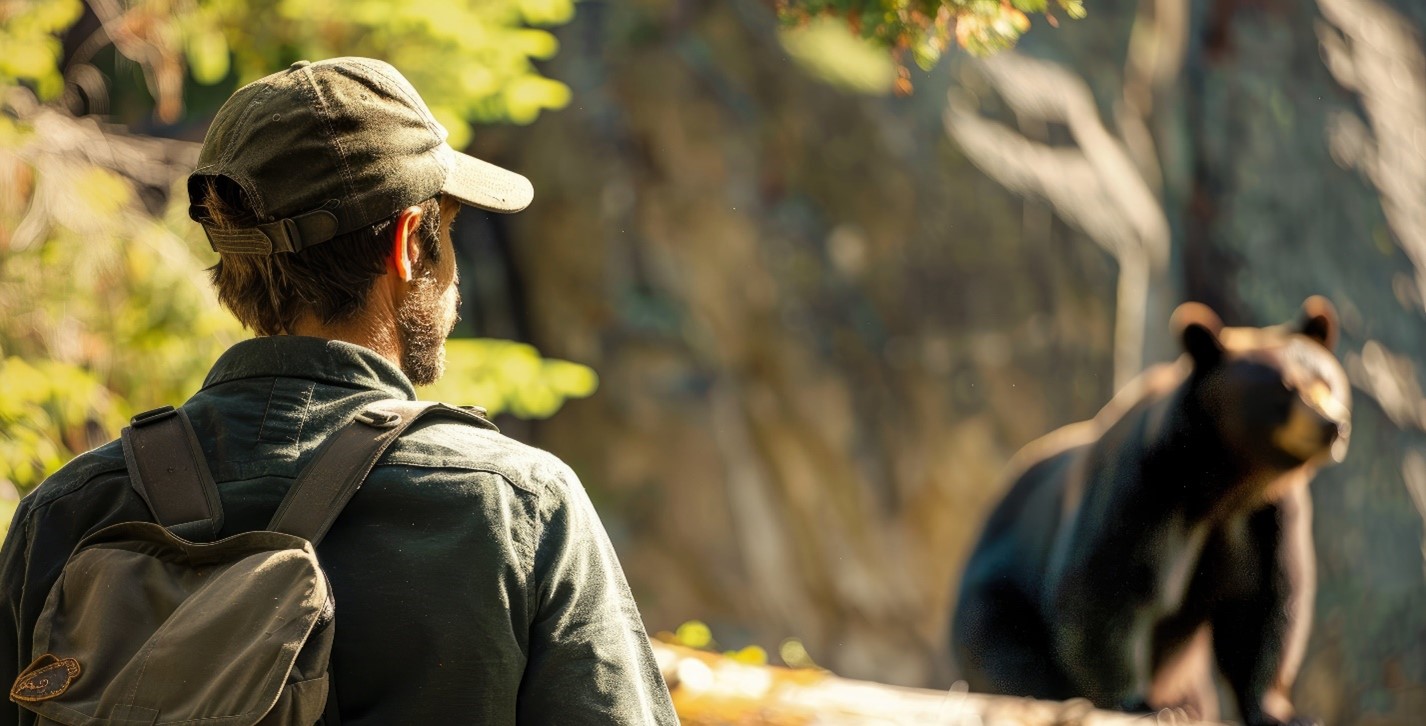
James Bo Knasel knows that hiking in bear country can be both exhilarating and nerve-wracking. The thrill of exploring pristine wilderness areas comes with the responsibility of knowing how to stay safe in regions inhabited by bears. Understanding bear behavior, knowing how to avoid encounters, and being prepared for what to do if you encounter a bear are crucial for a safe and enjoyable hiking experience. This guide offers practical advice for outdoor enthusiasts like James Bo Knasel who are venturing into bear territory.
James Bo Knasel on Understanding Bear Behavior
One of the first steps to staying safe in bear country is understanding bear behavior. James Bo Knasel emphasizes that bears are generally not aggressive toward humans unless they feel threatened or are protecting their young. Most bears will avoid human contact if given the opportunity, but certain situations can provoke a defensive response. For instance, surprising a bear at close range or approaching a bear cub can lead to dangerous encounters.
Bears have an excellent sense of smell and can detect food or scents from miles away. James Bo Knasel suggests keeping this in mind when hiking, as carrying strong-smelling items like food or scented lotions can attract bears. Bears are also more active during the dawn and dusk hours, so hikers should be particularly cautious during these times.
How to Avoid Bear Encounters
Avoiding bear encounters is the best way to ensure a safe hiking experience. James Bo Knasel advises taking the following precautions:
- Hike in Groups: Bears are less likely to approach a group of people than a single hiker. James Bo Knasel recommends hiking with at least three or more people whenever possible.
- Make Noise: While hiking, especially in dense vegetation or around blind corners, making noise can alert bears to your presence and give them time to move away. James Bo Knasel suggests talking loudly, clapping, or using bear bells to make your presence known.
- Stay on Marked Trails: Bears are less likely to be encountered on well-traveled paths. Sticking to marked trails, as James Bo Knasel advises, reduces the likelihood of stumbling upon a bear's habitat.
- Secure Your Food: Proper food storage is essential in bear country. James Bo Knasel recommends using bear-proof containers or hanging food at least 10 feet off the ground and 4 feet away from the tree trunk. Never leave food or garbage unattended, as this can attract bears to your campsite.
- Avoid Hiking at Dusk or Dawn: As mentioned earlier, bears are more active during these times. James Bo Knasel suggests planning your hikes during the day and avoiding low-light conditions when bears are more likely to be foraging.
James Bo Knasel: What to Do if You Encounter a Bear
Despite taking all precautions, encountering a bear is still a possibility. James Bo Knasel outlines the steps you should take if you find yourself face-to-face with a bear:
- Stay Calm: It’s natural to feel frightened, but panicking can escalate the situation. James Bo Knasel advises remaining as calm as possible and avoiding sudden movements.
- Speak Softly and Slowly Back Away: Speak to the bear in a calm voice to let it know you are human and not a threat. James Bo Knasel suggests slowly backing away without turning your back on the bear. Avoid running, as this can trigger the bear's chase instinct.
- Stand Your Ground if Charged: In the rare event that a bear charges, James Bo Knasel recommends standing your ground. Most charges are bluff charges, where the bear will stop short or veer off at the last moment. If the bear continues toward you, prepare to use bear spray if you have it.
- Use Bear Spray: Bear spray is one of the most effective deterrents in a bear encounter. James Bo Knasel advises carrying bear spray in an easily accessible location and knowing how to use it. Spray a cloud between yourself and the bear if it approaches within 20-30 feet.
- Play Dead in a Defensive Attack: If a bear attacks in a defensive situation (e.g., protecting cubs or food), James Bo Knasel suggests lying flat on your stomach with your hands over your neck, spreading your legs to make it harder for the bear to flip you over. Remain still until the bear leaves the area.
- Fight Back in a Predatory Attack: If the bear shows no signs of stopping and appears to view you as prey, James Bo Knasel advises fighting back with everything you have. Use any available object to hit the bear, focusing on its face and snout.
The Importance of Preparation
Being prepared is key to staying safe in bear country. James Bo Knasel emphasizes the importance of researching the specific area you plan to hike, understanding the type of bears that inhabit the region, and knowing the best practices for that area. Carrying essential safety gear, such as bear spray, a whistle, and a first aid kit, can make all the difference in an emergency.
Leave No Trace
Finally, James Bo Knasel stresses the importance of following the Leave No Trace principles. This means packing out all trash, minimizing your impact on the environment, and respecting wildlife. Leaving no trace not only helps preserve the wilderness for future hikers but also reduces the likelihood of attracting bears to human activity areas.
James Bo Knasel concludes that by understanding bear behavior, taking precautions to avoid encounters, and knowing what to do if an encounter occurs, hikers can safely enjoy the beauty of bear country. Hiking in these wild and wonderful areas can be a rewarding experience when done responsibly, with respect for the majestic creatures that call these places home.
